When National Park gates close, there’s still plenty to discover — from state parks and local landmarks to the hidden corners of America’s history.
I didn’t have “Visit during a government shutdown” on my NPS Bingo Card this year, but here we are. My trip to Virginia and the Carolinas had been planned for months, and while cancellation was an option, it was a not fiscally prudent one—and besides, I figured there must be more to see than just National Park Service sites.
I wasn’t even sure if visiting was wise or welcomed. I carry some guilt about having visited the sites we did. Individual park sites hadn’t been updated since before October 1. All that was posted was a link to the multi-page “Operations in the Absence of Appropriations, Bureau/Office Contingency Plans,” which when read, gave instructions as clear as mud.
But I went, to see what we could.
Coastal Stops Still Open
My first stop was Cape Henry Memorial, part of Colonial NHP in Virginia. Visiting the site requires entering Joint Expeditionary Base Fort Story. As the lighthouse is managed by Preservation Virginia and is next to the NPS grounds, visiting was no different than any other time—shutdown or not. After going through security and boarding a shuttle, we were free to walk around the lighthouse grounds and Cape Henry.
Cape Henry memorializes the first landing of English explorers who went on to establish Jamestown, as well as the Battle of the Capes, a pivotal Revolutionary War naval clash between French and British forces. The French blockade held, preventing British reinforcements from reaching Yorktown and helping bring the siege, and the war, to an end. The lighthouse was the first federally funded public work of the new government under President George Washington, and can be climbed with purchase of a ticket. The lighthouse visitor center holds the passport stamp for Cape Henry.
Next on the itinerary was North Carolina. Though the visitor centers are closed, grounds for Fort Raleigh and Wright Brothers NM are accessible. Kill Devil Hills was riddled with visitors flying kites and children playing on the bronze statue memorializing the first flight. Local residents walked through the fabled Roanoke Island and learned about the mystery of the Lost Colony.
Cape Hatteras and Cape Lookout were similar. The beaches and bathrooms were open; visitor centers and lighthouses closed. The gift shop at Hatteras lighthouse was open, as was the ticket booth for ferry rides at Cape Lookout. The rangers were even kind enough to put the wild ponies out on Shackleford Banks for viewing. Bathrooms were clean with ample toilet paper. From what I witnessed, visitors seemed to be adhering to “pack-in, pack-out” policy. Fortunately, we visited just days prior to the destructive recent storms; roads, beaches and communities have been quite impacted by the storms, and current visitation is cautioned due to restricted access and safety.
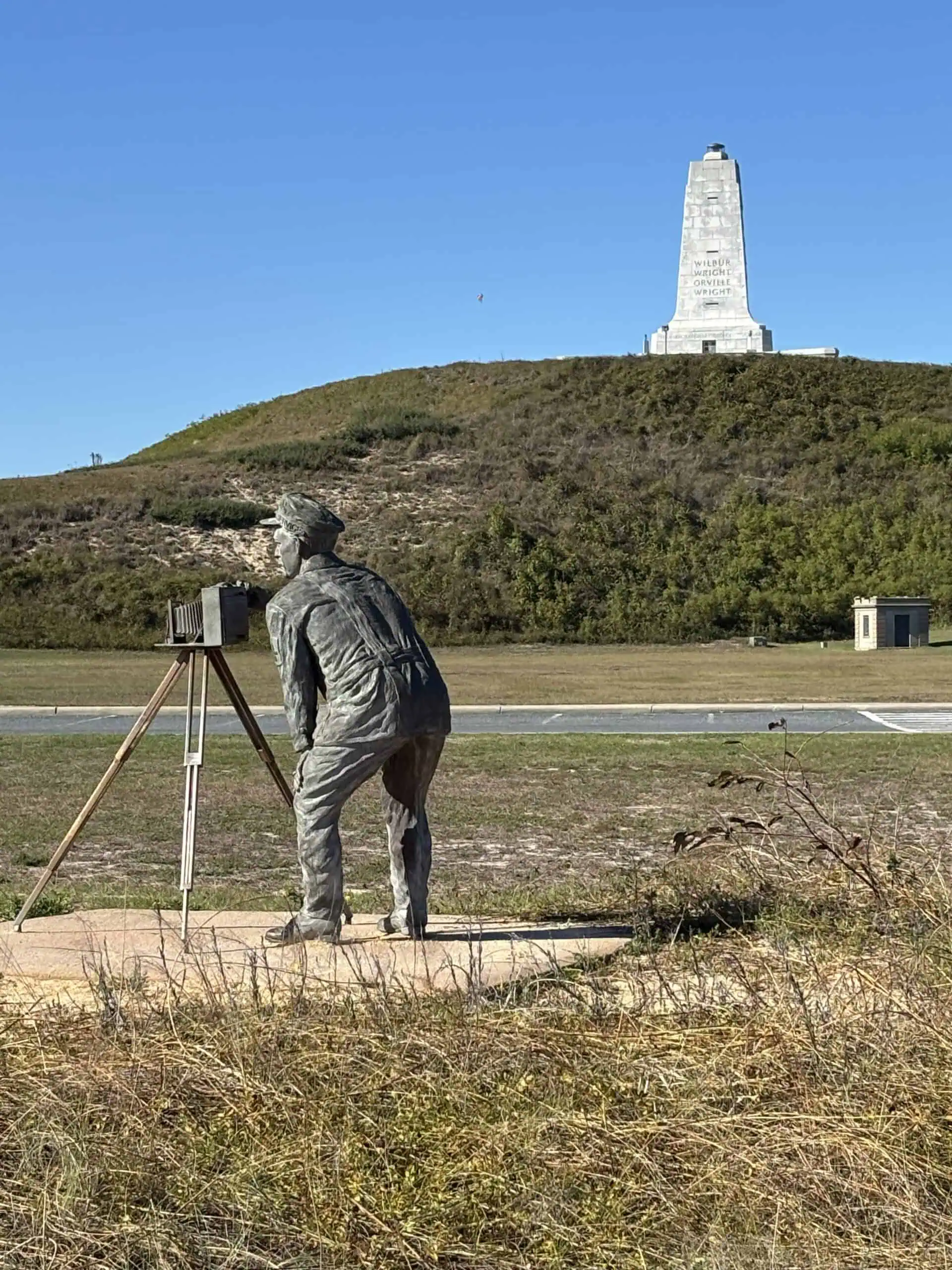
Inland Parks and Partial Access
Access to inland parks varied. Ninety Six National Historic Site, Kings Mountain National Military Park and Cowpens National Battlefield all were gated with posted signs, almost apologetic in nature, stating that certain amenities are not available, but that they were trying to maintain as much accessibility as able. Trails were open with no attempts to barricade or ward off visitors.
Moores Creek National Battlefield was the only site I visited where “no trespassing” signs were posted, with an intentional fence set across the roadside trail entrance. We encountered a very helpful volunteer who grabbed us a park brochure from the visitor center, and the Moores Creek site (on the NPS app) has a great audio tour which we listened to with our car windows down, to best enjoy the sounds and smells of the Southern pine forest in which we sat.
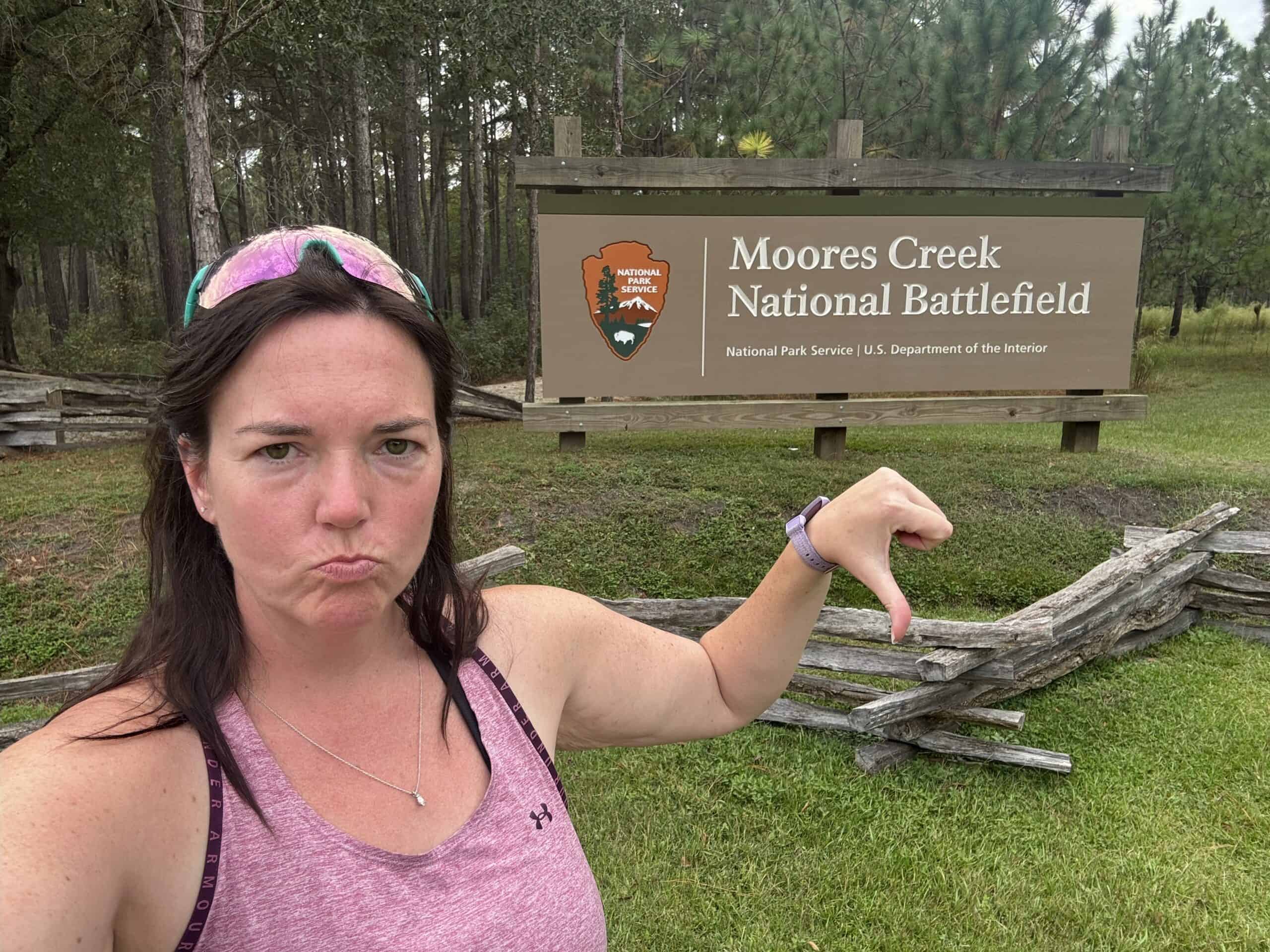
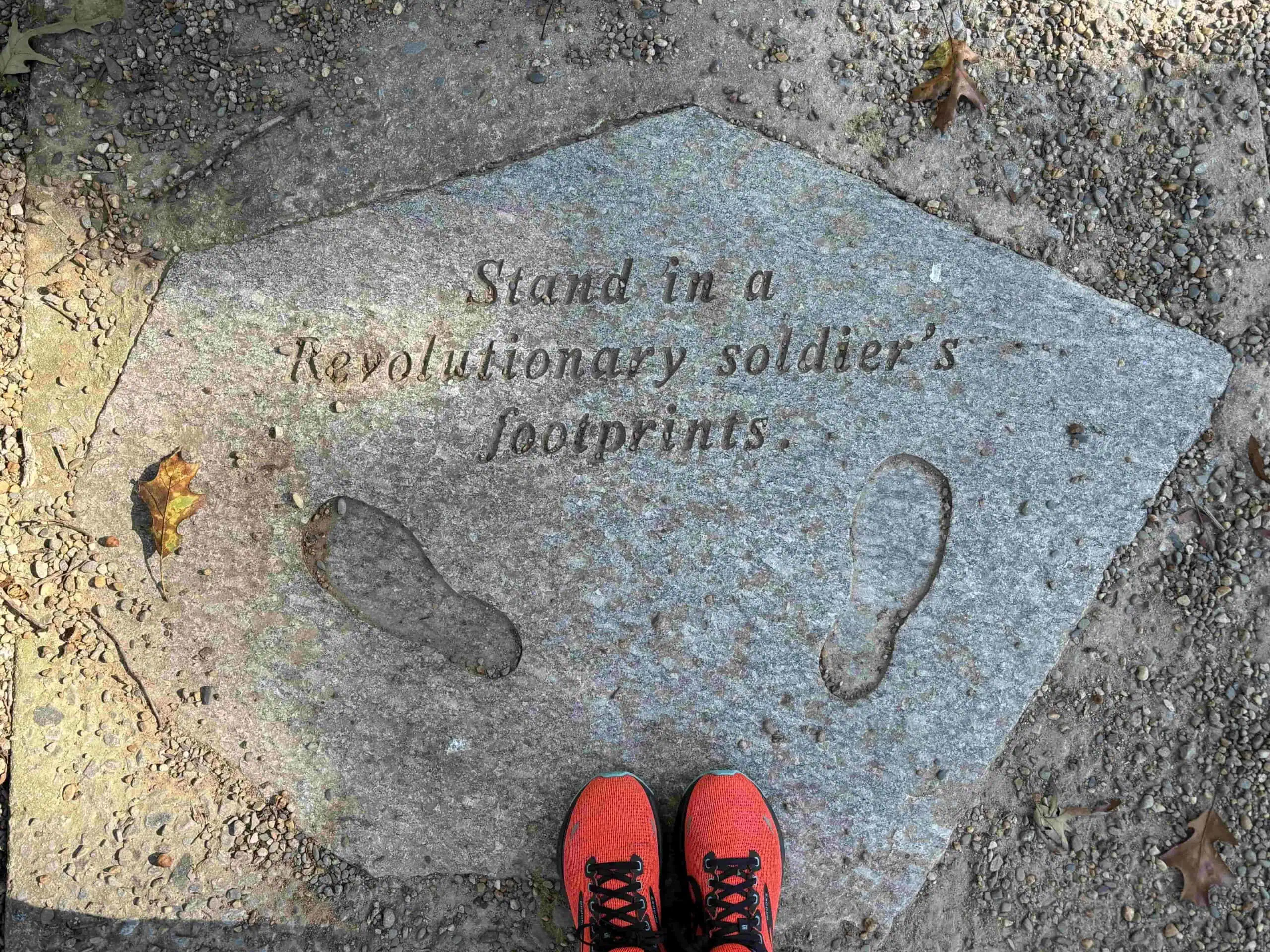
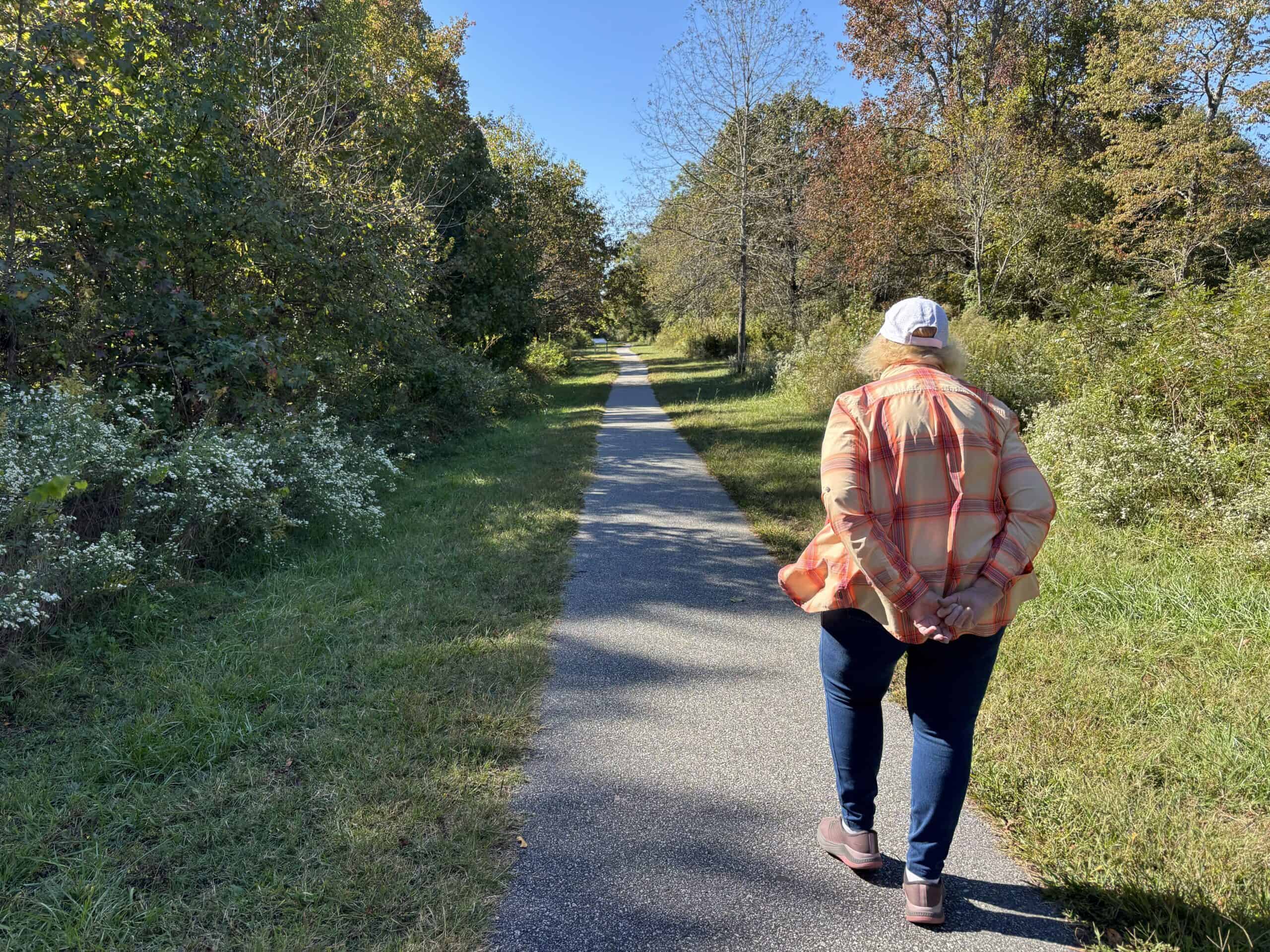
Closed parks still offered history and beauty. Visitors need to be aware that bathrooms and visitor centers are not guaranteed. Pack-in/pack-out practice and Leave No Trace policies should be strictly adhered to. One should also be mindful of considerate parking.
Beyond the Parks
Closed National Park sites also allowed for deeper dives into state and community sites. We visited battle sites managed by the state and by private organizations: Battle of Kettle Creek, Eutaw Springs, Camden and Musgrove’s Mill, as well as Kings Mountain State Park. I saw perhaps the largest spider I’ve ever seen way too eye-level on a trail in the woods in Kettle Creek. They have placed crosses throughout the woods where 29 graves have been discovered. It was empty, beautiful and reverent.
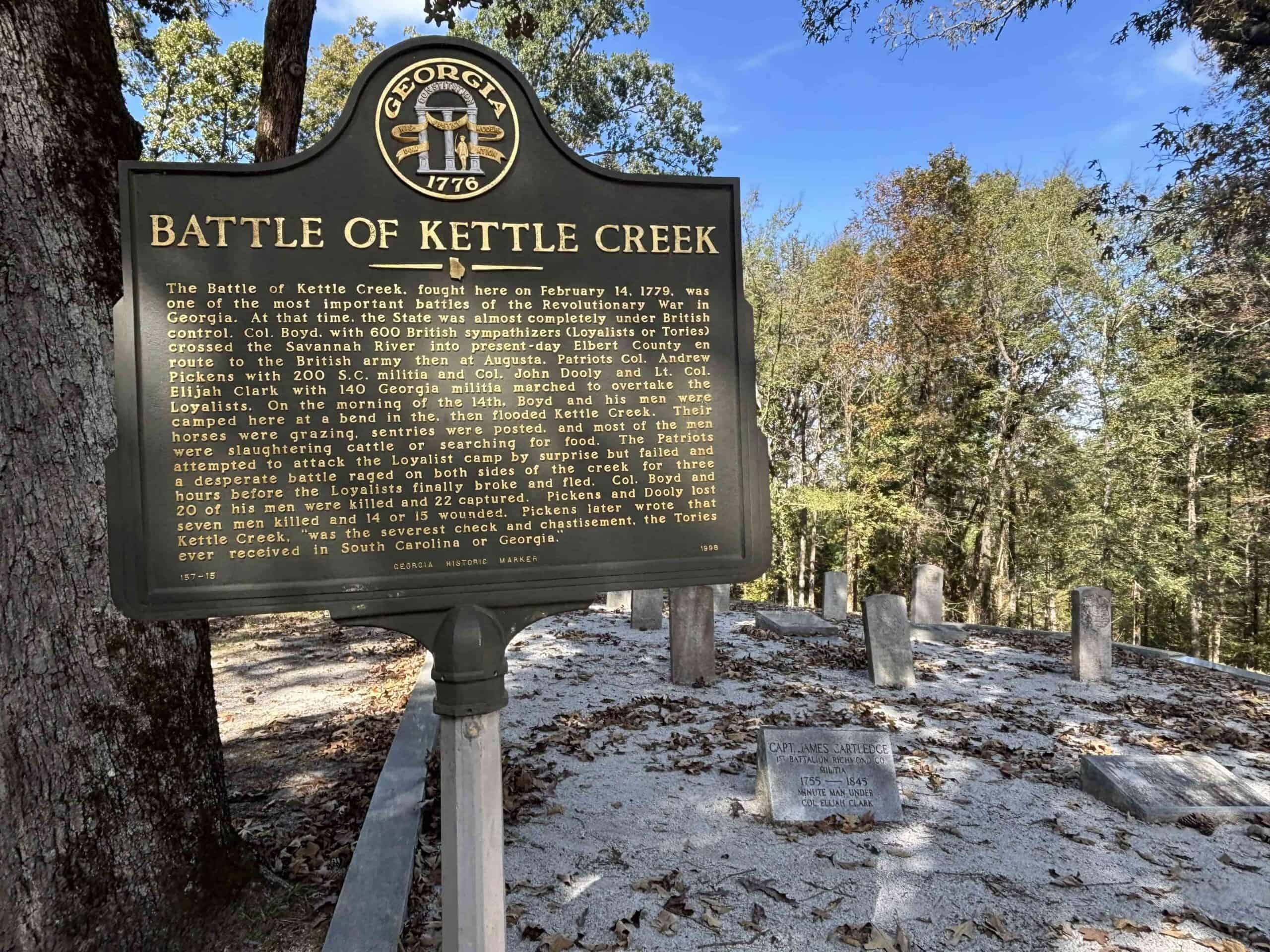
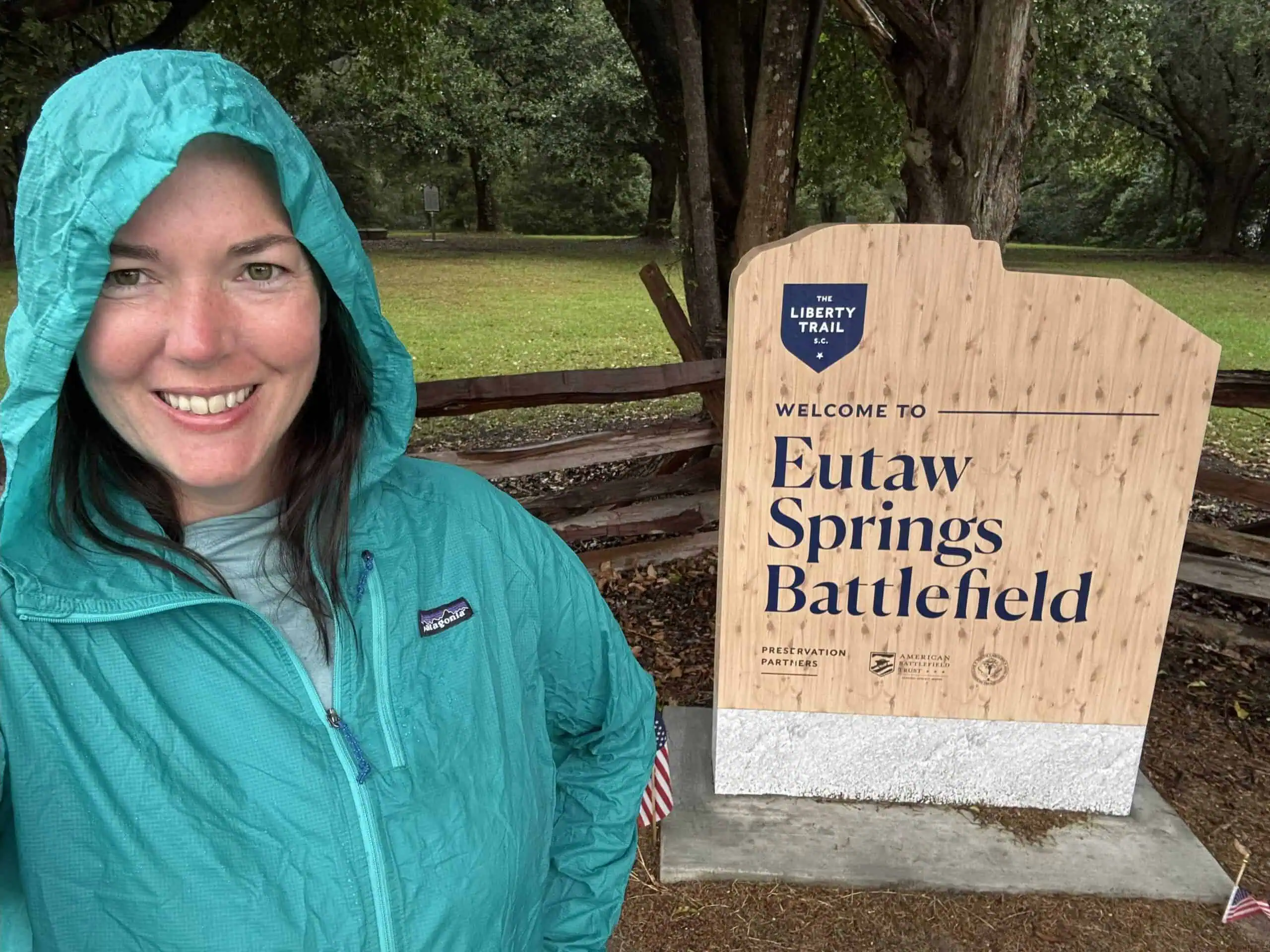
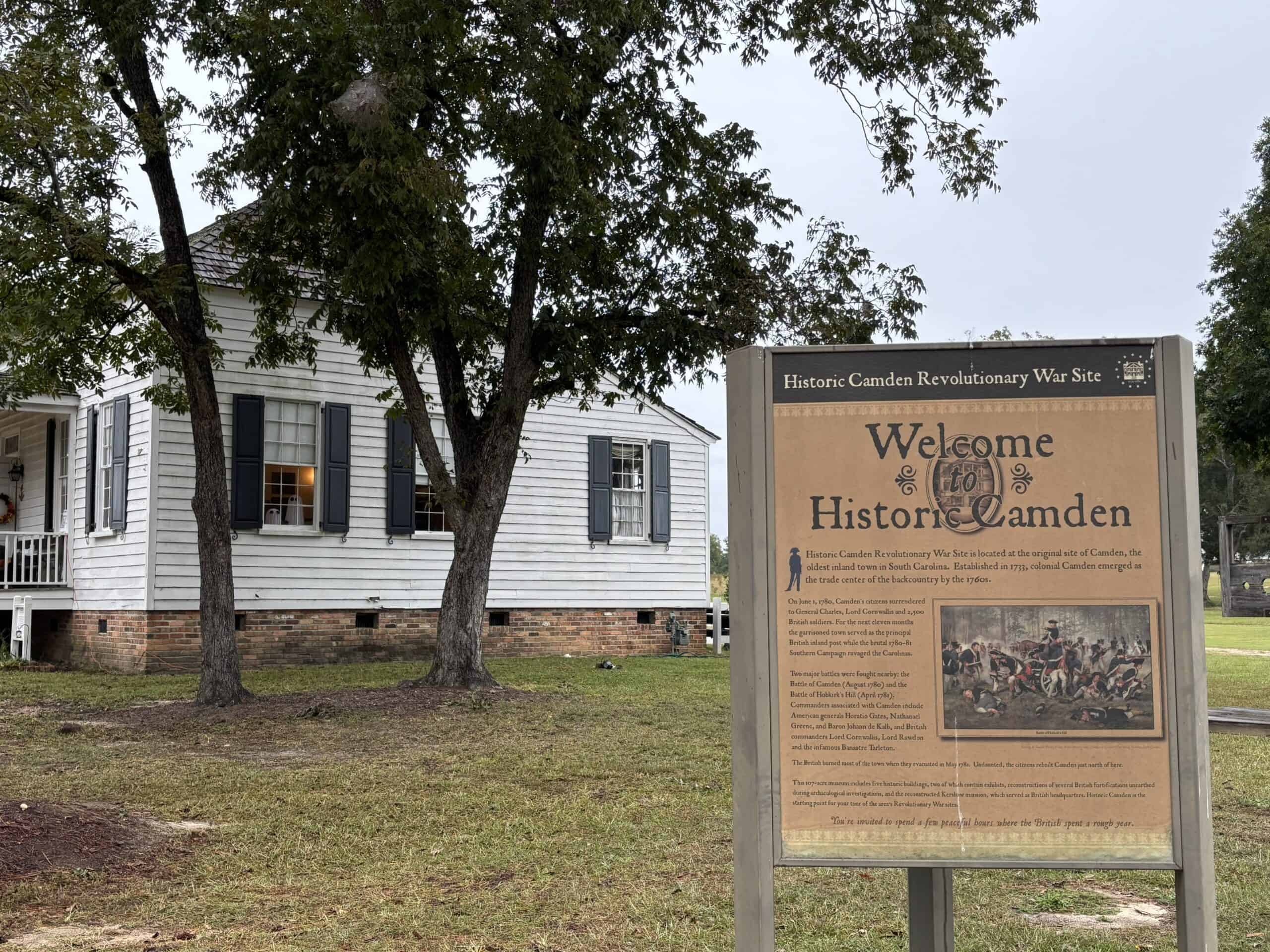
I met Frank at the Kitty Hawk Visitor Center, and we bonded over our love of Philly cheesesteaks before seeing the Monument to a Century of Flight (impressive!). We were invited to attend Mule Day by the staff at the Washington, GA, Visitor Center. And Gaffney, SC, offered a plethora of knowledge, local history and lore, with the latter housing a great Revolutionary war exhibit and jovial staff. We learned about the upcoming Carolina Rising!, a state-of-the-art museum opening in Gaffney, documenting the Revolutionary war in the state as well as the important role of Cherokee county.
We partook in the Sweet Potato Festival in Darlington, and a nighttime (and rain-soaked) Haunts and Spirits Tour at Historic Camden. Historic Camden Foundation, along with American Battlefield Trust and the South Carolina Battleground Preservation Trust, have done an amazing job at preserving the story of the town itself, as well as the two Revolutionary battles fought there (Hobkirk Hill and Camden). Paul, a volunteer and self-professed Camden Ranger, sat with me and shared the story of how the battlefield preservation came to be (and the work that continues).
I came home with new views and knowledge about the Revolutionary War, as well as respect for those who are out there working to preserve and share America’s history and beauty. A different trip, yes. Flexibility? Required. But a trip still filled with history and exploration.
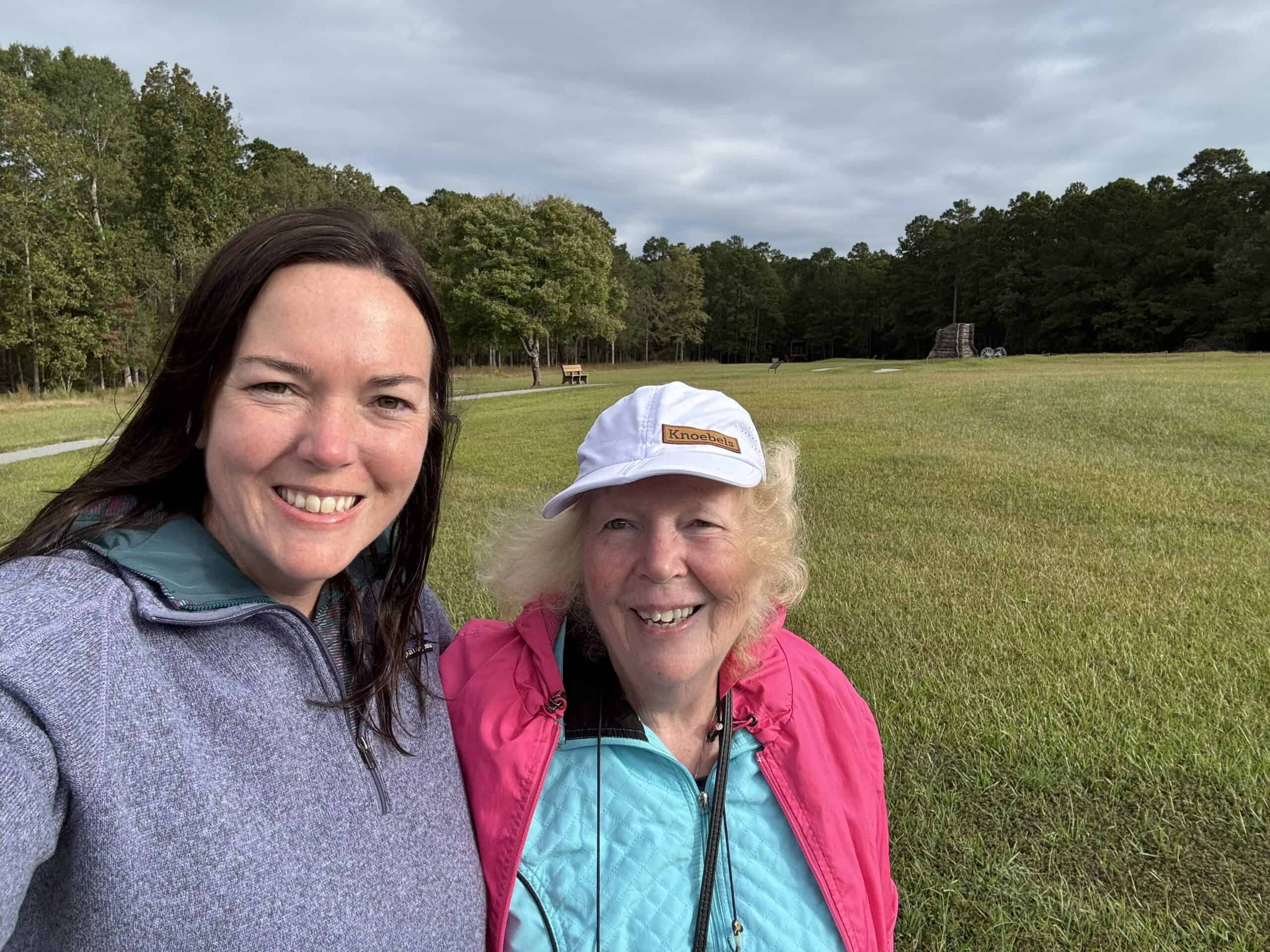
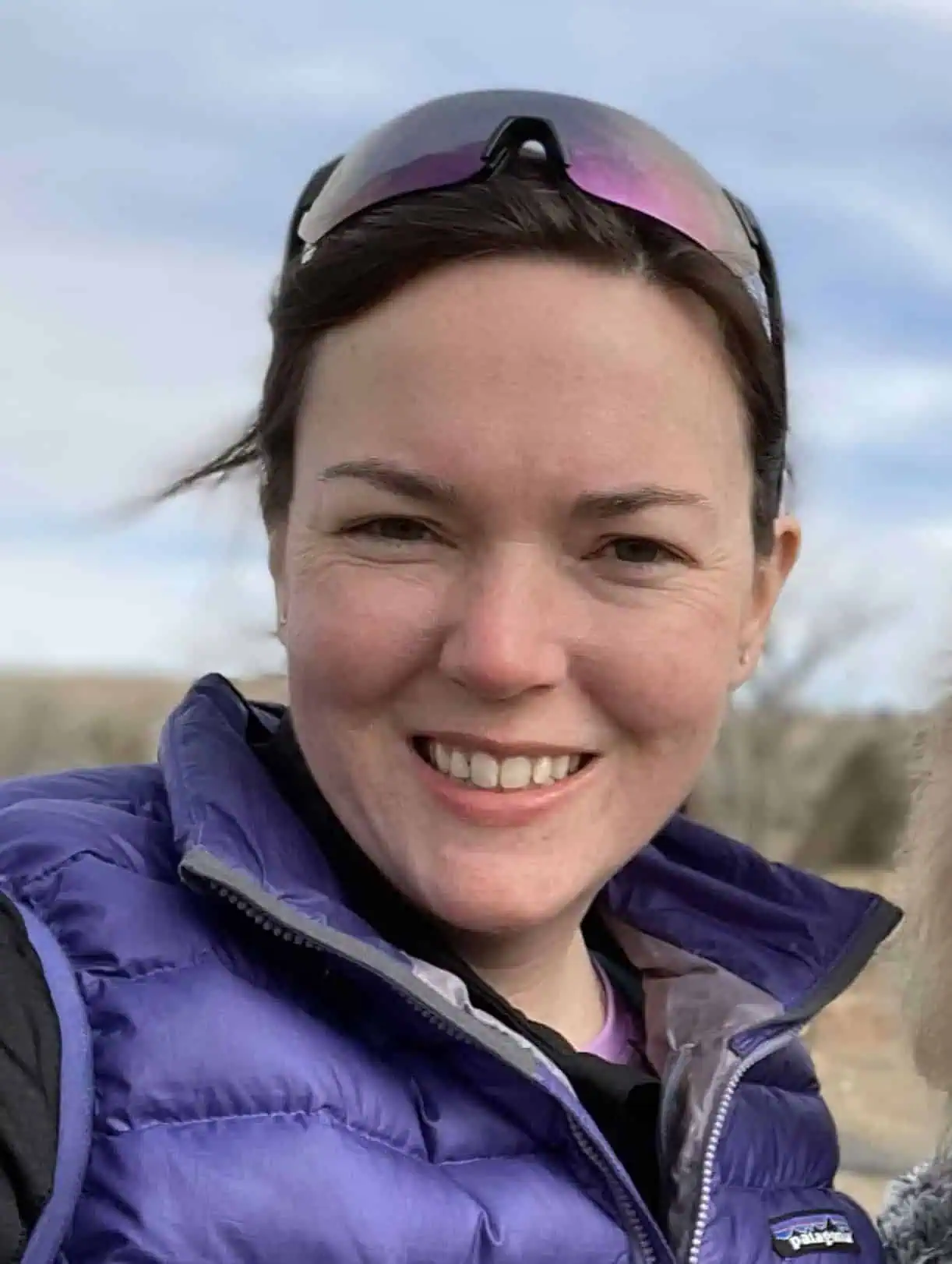
Sheryl Kepping is an Emergency Medicine Veterinarian in Boise, Idaho. For the past ten years, Sheryl Kepping has been steadily working her way through the more than 420 National Park Service sites—she’s at almost 400 to date. Her mom, Janet, has joined her on many of the trips, including this one.
All photos, including top photo of Moores Creek National Battlefield in Currie, NC, by Sheryl Kepping

